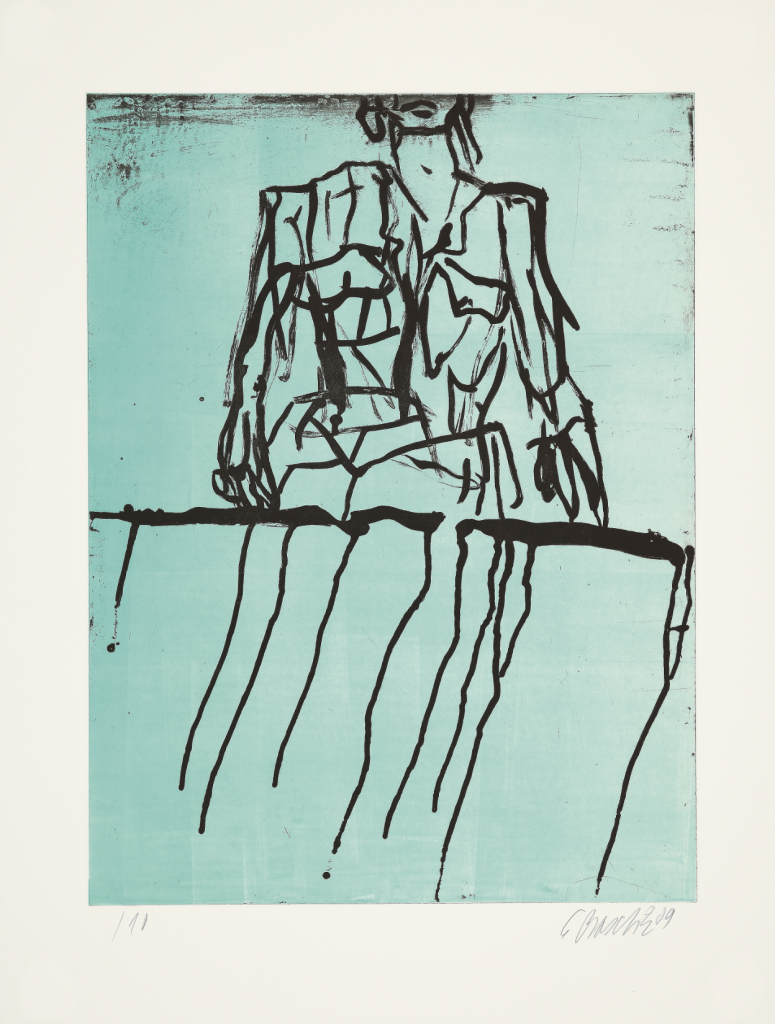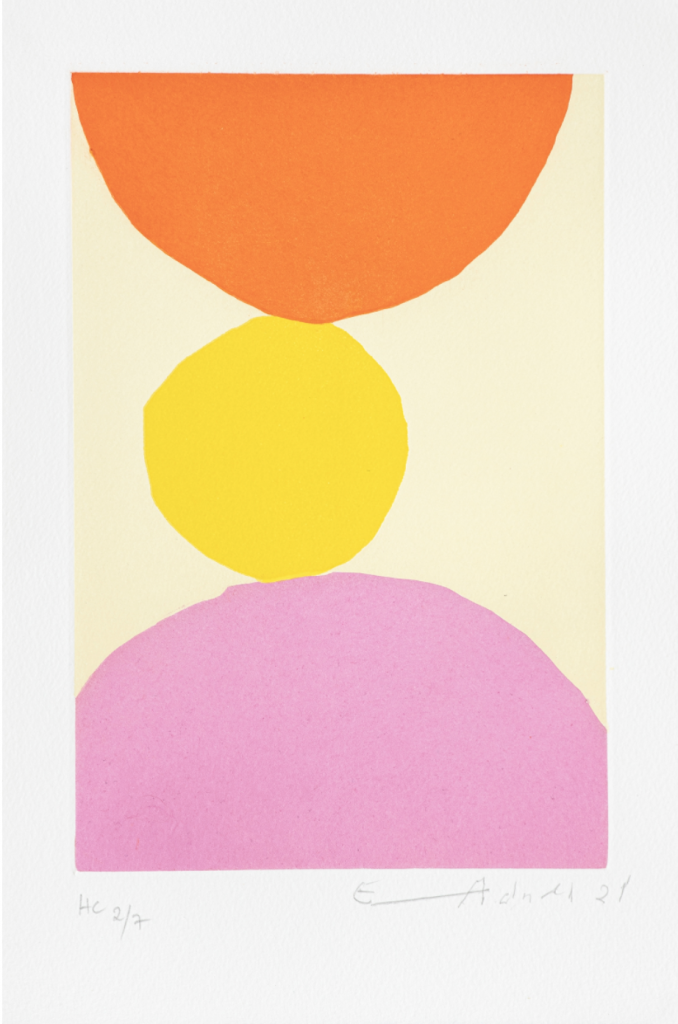Artnet Auctions
Artnet Auctions and the IFPDA Present Editions for a Cause, a Print Sale Benefitting Ukraine Relief Initiatives
Artnet Auctions joined forces with the IFPDA for a sale of prints and multiples to benefit Ukraine relief initiatives.

Artnet Auctions joined forces with the IFPDA for a sale of prints and multiples to benefit Ukraine relief initiatives.

Artnet Auctions

Artnet Auctions is proud to partner with the International Fine Prints Dealers Association (IFPDA) for Editions for a Cause, a sale of coveted prints and multiples to benefit Ukraine relief initiatives.
All IFPDA proceeds from the auction, in addition to 50 percent of Artnet’s buyer’s premium, will be allocated to the Global Empowerment Mission (GEM) and World Central Kitchen (WCK).
GEM works as a first responder for disaster relief, bridging the gap between first response and development, and implementing practices to ensure sustainable development. WCK has built the largest food relief operation in Ukraine, providing meals in more than 230 cities and towns.
“The art world is such a supportive and generous community and I’m glad that we can partner with the IFPDA for humanitarian relief in Ukraine,” said Artnet Auctions’s Head of Prints & Multiples, Conner Williams. “Many of the participating IFPDA members I’ve known for many years, counting them as friends and mentors, so I’m incredibly grateful that they’ve entrusted Artnet with such a meaningful and important benefit auction. My hope is that all those participating will understand the impact that they have.”
On the occasion of this important benefit auction, Williams spoke to three IFPDA board members: director of Frederick Mulder Ltd, Anne-Françoise Gavanon; owner and director of ULAE, Larissa Goldston; and director of Leslie Feely Gallery, Dakota Sica. Read on for the panel’s favorite works in the sale, and their views on art in times of crisis.

Richard Serra, Horizontal Reversal IX, 2017. Live for bidding in IFPDA x Artnet: Editions for a Cause.
What inspired the IFPDA to partner with GEM and WCK?
Anne-Françoise Gavanon: GEM and WCK are charities that are doing incredible work not only in Ukraine but also in neighboring countries. The first common thread is that both work as a first responder to crisis and disaster: WCK by providing a nourishing meal and GEM by providing essentials such as food, water, medicine and other necessities. The second is that both are nimble, operate on very low overheads, and more importantly have built strong relations with local decision makers.
How does this mission of IFPDA align with the goals of Editions for a Cause?
Anne-Françoise Gavanon: The IFPDA stands for excellence, research and professionalism. Additionally, the IFPDA has a charitable arm, the IFPDA Foundation, whose aim is to advance research, education, and dialogue. All of the prints donated to Editions for a Cause are fine works of art selected by some of the best dealers and publishers of prints to serve an important cause. A last point for those who are neophytes: collecting prints is a great and inexpensive way to begin collecting art.
What is the power of art in times of crisis and conflict?
Larissa Goldston: Historically, art has risen to meet the challenge of large scale conflict and crisis in one form or another. In the last hundred years there are several examples of how prints have played a role. For example, during the Great Depression, the WPA (Work’s Progress Administration) was established, and graphic studios were created to help unemployed artists. The AAA (Associated American Artists), founded in 1934, helped stimulate the art market by inviting artists to make limited editions prints to be sold. During the protests against the Vietnam War in the 1960s and 70s, posters were used to educate and persuade people into believing the atrocities of the war. And in the 1980s, printmaking played an important role in the AIDS crisis using reproduction to induce change.

Jim Dine, Ghost Robe, 1992. Live for bidding in IFPDA x Artnet: Editions for a Cause.
What is your favorite work in the sale, and why?
Anne-Françoise Gavanon: Oh gosh, I love so many of them! My preferences go to Ghost Robe by Jim Dine and Horizontal Reversal IX by Richard Serra, respectively donated by Novak Contemporary Art and Gemini G.E.L., with both works showing a wonderfully textured surface.
I can read both works as a reflection of the current conflict in Ukraine. To me Ghost Robe speaks to the issue of the public and private sphere, and how ordinary Ukrainian men took arms to defend their countries. They are civilians, not trained soldiers, and so in a sense, they wear their ghost civilian robe to the front. The black and white of the Serra immediately made me think of the good and the bad sides that conflicts exacerbate.
Dakota Sica: My favorite work in the sale is L’Express Beyrouth-Enfer by Etel Adnan which was generously donated by Galerie Lelong & Co. It is a wonderful and joyful image that reminds me how we are all connected in some way.
Larissa Goldston: There are so many beautiful pieces in the auction. I think in this case, however, I choose Uniform by Georg Baselitz. It evokes, for me, a haunting reminder of war, knowing how he saw Germany post WWII. Because this auction is to raise awareness and funds for the war in Ukraine, I think it is appropriate.

Etel Adnan, L’Express Beyrouth-Enfer, 2021.
Live for bidding in IFPDA x Artnet: Editions for a Cause.
Why prints? What excites you most about printmaking and publishing?
Larissa Goldston: Since I was an infant, I have breathed in print studio smells. Spending time in the ULAE studio when I was a child was the only way I got to see my father. You could say that printmaking is in my blood.
I have always loved paper—the portability, the texture, the variability. Then there is the collaborative element. Any artist that has truly embraced printmaking will tell you that their experience in the printmaking studio has altered and advanced the work they are producing in their own studio. Printmaking is about layering and that layering is very different from the layering that occurs in a painter’s studio. In their personal studio, a painter makes a mark and that mark is immediate and it is theirs. In the printmaking studio, when a mark is made, it is not only the artist’s mark but also their collaborators. When someone embraces the possibilities that printmaking has to offer them, the collaboration between artists and printers can be extremely fulfilling.
What advice would you give to a first time collector of prints and multiples?
Dakota Sica: Always buy what you love, trust your gut, and you can never go wrong.
On a more practical note, make sure the condition is good. Do your own due diligence on what other examples from the edition sold for so you can make sure you are paying a fair price. Collecting prints is a great way to break into collecting art in general. There are many different entry points and it’s a wonderful way to collect works by the artist’s you love without being constrained by price limitations.